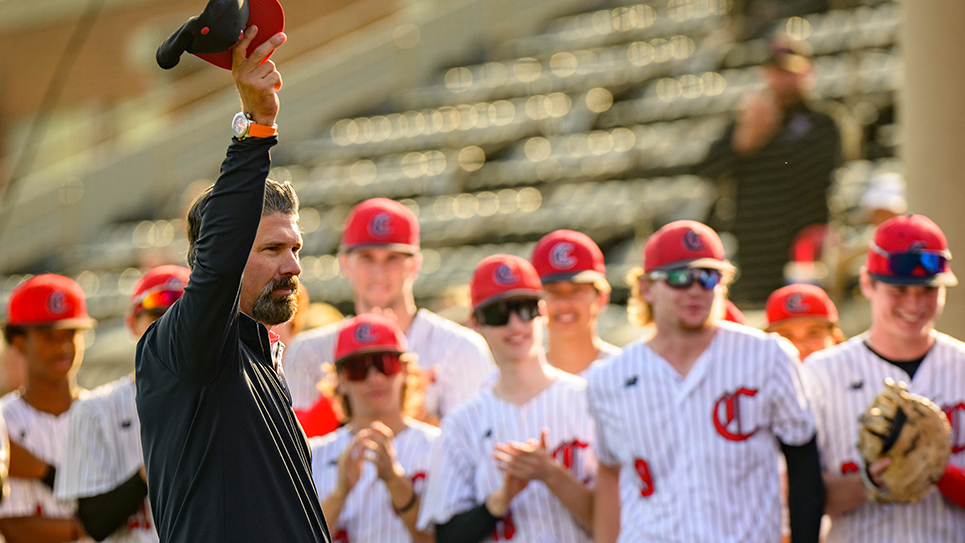By Ralphine Major
“Before school age we wore short pants, down to about the knees, and a little later on wore knickers. The short pants and even knickers often were made by Moma. She was an excellent seamstress. Material was usually bought at a dry goods store or at a country store that had cloth materials for sale,” he wrote. The late Woodrow Luttrell shared in great detail what life was like growing up in Luttrell House on Luttrell Farm, on Washington Pike, Corryton, Tennessee, in the early 1900s.
“As a very small child I remember the button shoes. They had to be fastened with a little wire type metal buttonhook, perhaps with a wooden handle. Every home had them back then.” he recalled. “For school days, the shoes for boys were made of leather and were the kind that reached above the ankles. They laced up with special strings of either cloth or rawhide, part of the way to the top, then had a few hooks the rest of the way for fast lacing and tying,” he added. “As I recall, they cost about $2 per pair and were a bit too large so as to allow feet to grow some so that shoes would last until about the time school was out the next spring. If the shoes were a little too big when new, we would wear two pairs of socks. Hopefully, those new shoes bought at the beginning of school would also last for doing farm work all of the next summer.”
Perhaps, many Focus readers can identify with Luttrell’s account of those earlier days when it was necessary for families to get the most out of their belongings. No doubt, many can remember the shoe-last described below.
”Sometimes the soles—the bottoms of the shoes—would wear out and start to have holes in the bottom. If they were still good enough, Dad would ‘half-sole’ them, by ripping off the old sole that had been sewed on the bottom and tacking on a new leather sole. Or, a new one might just be put on top of the worn sole,” Woodrow added. “He kept sheets of leather from which the right size repair sole would be cut and used an iron shoe-last and a special flat tack hammer for the job. The iron shoe-last was made especially for the purpose and every family had one. They consisted of an upright iron bar, with a flat base, and a supply of various sizes of iron slightly curved shoe-shaped pieces could be placed on the top of the bar and be very secure. These shoe-shaped metal pieces would bend the tacks when hammering on the new sole. Often, a tack would work loose and dig into the bottom of one’s foot and need to be hammered down again.”
Luttrell’s step-by-step description of the family’s shoe repairs is a reminder of how far our society has come in these many years—and just how much we take for granted today.






